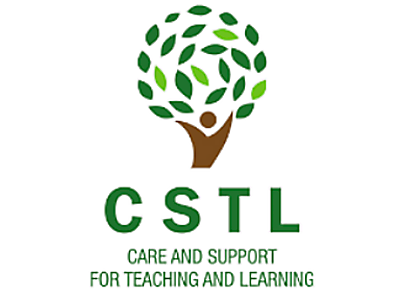Gender - key steps to gender mainstreaming

Gender mainstreaming can be done at the institutional or even the national level through policies and programmes developed in consultation with educators and NGOs — particularly women’s groups — and with the support of local, national and international partners. Gender mainstreaming can also start at the level of a school or region and build from there.
Every teacher and staff person at a school or education institution can become an advocate for action on gender mainstreaming.
Purpose
Gender mainstreaming is necessary for several reasons:
(1) to identify gender differences and inequality,
(2) to make the case for taking gender issues seriously,
(3) to design policies and plans that meet women’s and men’s needs and
(4) to monitor the differential impact of policy, project and budget commitments on women and men.
Step 1: Conduct a gender analysis
It is essential to base gender mainstreaming on gender analysis to understand what the issues are. Start by looking at sex-disaggregated statistical data about the intended beneficiaries. Then think about the management and organisation that will make implementation of gender mainstreaming effective.
As part of the gender-analytical research:
• data about people should always be disaggregated by sex;
• gender analysis should routinely be part of social and institutional planning, monitoring and evaluation processes; and
• studies should examine particular issues of concern or interest and address information gaps.
Step 2: Involve women and men in creating the agenda
Women will only win equality when they are able to act on their own behalf, with a strong voice to ensure their views are heard and taken into account. This means promoting the involvement of women as well as men in decision-making at all levels, and ensuring that men and women committed to the promotion of gender equality are influencing decision making. “Gender advocates” within government, civil society and donor organisations are most effective when they work in collaboration, identifying and developing strategic “entry points” for the promotion of gender equality. Whenever possible, it is important to also involve teacher trainees of both sexes as well as girl and boy students.
Step 3: Develop actions that fit the context
Actions can be developed based on information from a gender analysis, and a clear understanding of women’s and men’s priorities within each context and set of realities. Actions need to be clearly stated in policy and activity documents and frameworks, backed up with staff and budgets, and monitored and evaluated using gender-responsive indicators. Remember that actions are more likely to be implemented when every stakeholder involved has been fully consulted.
Step 4: Build capacity for change
Gender mainstreaming depends on the skills, knowledge and commitment of the staff involved. For gender mainstreaming in education, that includes teachers, principals and administrative staff. One of the challenges in gender mainstreaming is the widespread “evaporation” of commitments to gender equality after the process starts. Developing understanding, commitment and capacity for addressing issues of gender inequality is a long-term process of organisational change that requires champions and ongoing attention.
Actions teachers, teacher educators and other education staff can take
For gender mainstreaming to be effective, all staff should take responsibility for:
• understanding the different roles, responsibilities and experiences of women, men, girls and boys in accessing and succeeding in school;
• finding opportunities to involve women and men in consultation and decision making processes;
• acting on women’s as well as men’s concerns;
• seeking out ways to improve benefits for women as well as men;
• being personally informed about gender issues and gender mainstreaming, and looking for ways to promote understanding and commitment with colleagues and partners; and
• being aware of their own attitudes and behaviour and the ways in which these affect students, other teachers and other partners in the education system.
Sign in to add your comment.
Shortcuts
RECOMMENDED
CSTLPULSE.africa is a community for every education stakeholder across SADC Member States. The content shared on the platform combines content originated from CSTL as well as third party content from partners, open sources, and our community. To understand our permission policy please refer to A Better Africa's privacy statement.
FutureLife-Now! Newsletter.
Click here to view some of the ideas and comments from the Teachers' mental health and well-being forum.
Thank you to all who attended the CSTL One Community - SADC Collaborates Conference on November 23rd and 24th, 2023. Click here to view all recordings and pdf documents of keynote speaker presentations.
Translation * Traduction * Tradução
Disclaimer: The team at CSTL Pulse has utilised an online automated translator. As a result parts of the French and Portuguese translation may not be completely correct.
Avis de non-responsabilité : l'équipe de CSTL Pulse a utilisé un traducteur automatisé en ligne. Par conséquent, certaines parties de la traduction française et portugaise peuvent ne pas être tout à fait correctes.
Isenção de responsabilidade: a equipe do CSTL Pulse utilizou um tradutor automático online. Como resultado, partes da tradução francesa e portuguesa podem não estar completamente corretas.




